- Position:sunny or partly shaded north facing wall/fence sheltered from frost and strong winds. Plant 1.5m (5ft) apart in rows 1.5m (5ft) apart.
- Soil:slightly acid, moist but well-drained fertile soil.
- After care: Cut back the main branches by one-half after planting. Create a framework of 8-10 branches. Each Winter from year 3 shorten main shoots by one-half. Apply a general fertiliser in Spring.
-
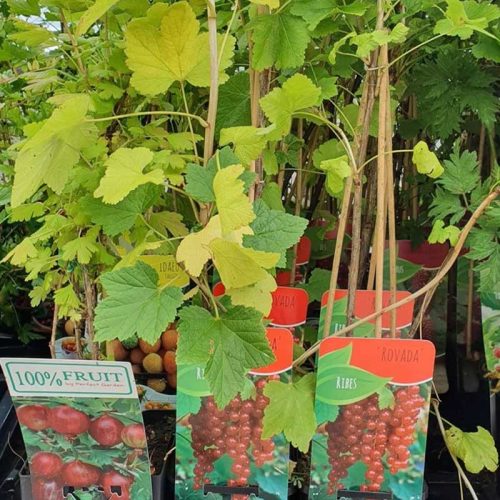
-
Out of stock
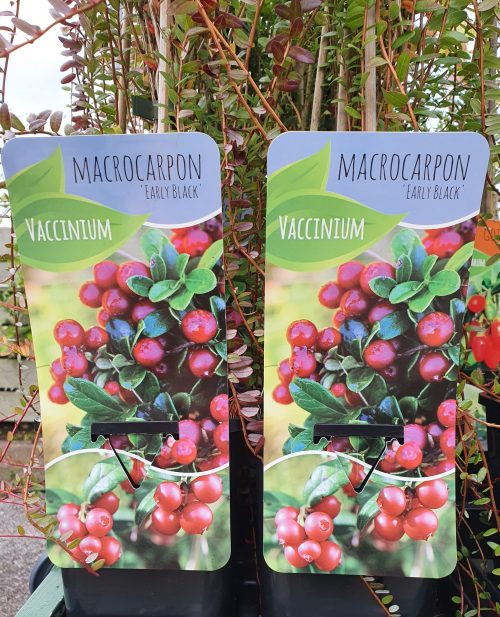
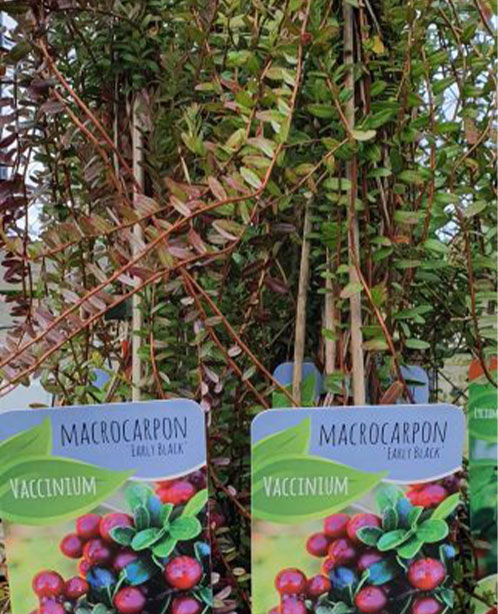 The fruits of 'Early Black' aren't actually black - starting off bright red they ripen to a deep purple-red that could easily be mistaken for black. But it certainly lives up to the 'Early in its name, cropping from late August - which makes it the earliest variety. High in Vitamin C, the fruits can be made into pies and puddings, crushed and made into juice, or made into Cranberry Jelly - perfect for the Christmas Turkey! Growing to a maximum of around 2 feet (60 cm) tall, this small evergreen bush does best in a full sun or a semi-shade position where it can be allowed to scramble as it wishes. Harvest from late August. Suitable for both open ground or container growing. For open ground planting plant 12" x 12" (30 x 30 cm) apart. Ericaceous, so will require soil or compost of an acidic nature. Self-fertile.
The fruits of 'Early Black' aren't actually black - starting off bright red they ripen to a deep purple-red that could easily be mistaken for black. But it certainly lives up to the 'Early in its name, cropping from late August - which makes it the earliest variety. High in Vitamin C, the fruits can be made into pies and puddings, crushed and made into juice, or made into Cranberry Jelly - perfect for the Christmas Turkey! Growing to a maximum of around 2 feet (60 cm) tall, this small evergreen bush does best in a full sun or a semi-shade position where it can be allowed to scramble as it wishes. Harvest from late August. Suitable for both open ground or container growing. For open ground planting plant 12" x 12" (30 x 30 cm) apart. Ericaceous, so will require soil or compost of an acidic nature. Self-fertile. -
Out of stock
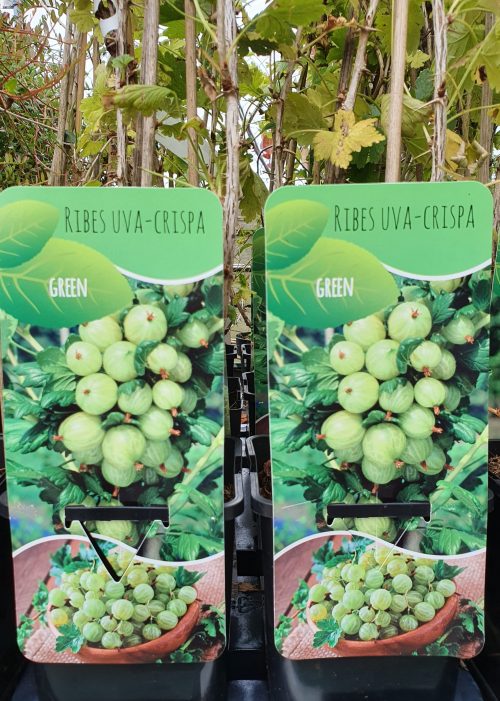
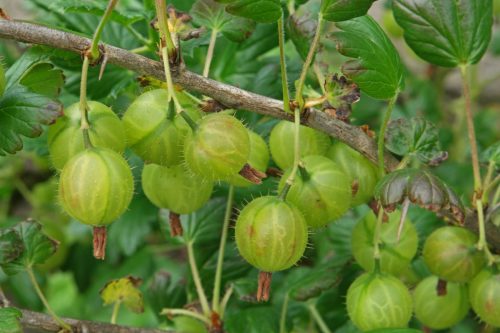
Gooseberries are a staple of the British cottage garden. They’re easy to grow and can thrive in many kinds of soil, as long as they’re grown in full sun. Grow them as compact bushes or train them against a wall. You can also grow gooseberry bushes in containers.Grow in fertile, well-drained soil in a sunny, sheltered site. If growing as a bush, prune gooseberries annually to maintain an open, bowl-shape, which makes picking easier. How to grow Ribes uva-crispa
-
Plant size
1.5m height
1.5m spread
-
Aspect
South facing, west facing
- Sun exposure: Full sun
- Hardiness: Hardy
- Soil type: Well drained / light / sandy
-
-
Out of stock
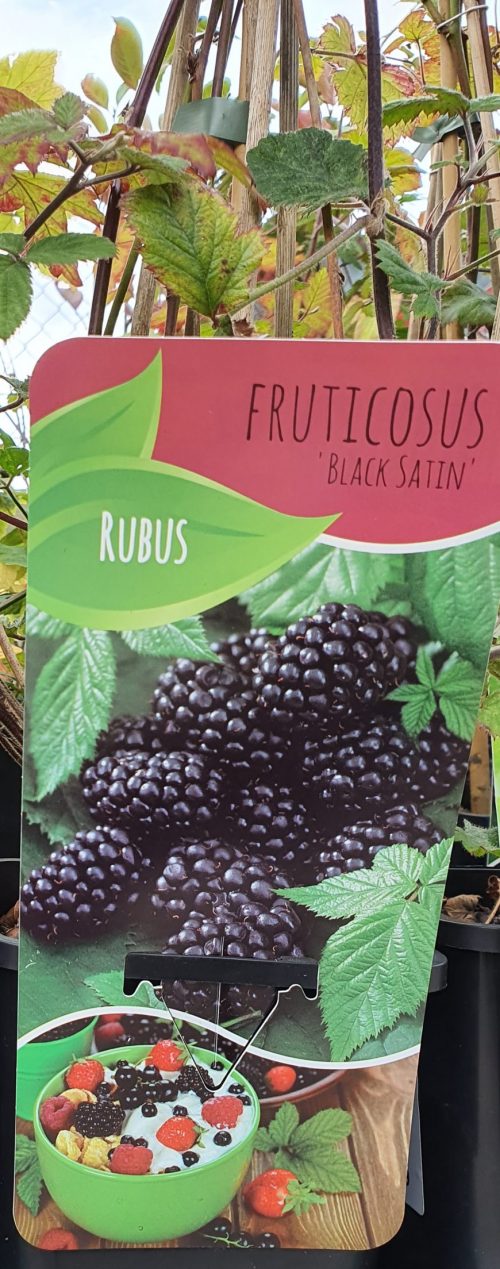
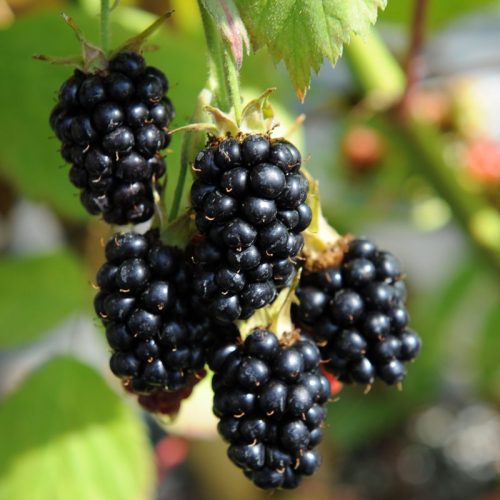 A thornless, American-bred blackberry, Rubus fruticosus Black Satin produces medium to large, rounded, black very juicy berries with a delicious, rather sharp flavour from late July, earlier than most thornless blackberries. Beautiful pale pink flowers and fruit are borne on two-year-old wood; yields are high and reliable. Blackberry Black Satin is a deciduous shrub with upright canes, to 10’/3m, which should be tied into post and wire supports or wires on a warm wall or fence to keep the plant from running rampant and make harvesting easier; cut down fruited canes and tie in new growth after the harvest. Good plant for pollinators. Site: Warm, sheltered, sunny site Soil: Any reasonable, well-drained soil, preferably neutral Position: Full sun Pick: From late July and through August Keep: Fruit does not keep, but freezes well Hardiness: Fully hardy Pollination: Self-fertile Uses: Eating fresh, cooking, preserving
A thornless, American-bred blackberry, Rubus fruticosus Black Satin produces medium to large, rounded, black very juicy berries with a delicious, rather sharp flavour from late July, earlier than most thornless blackberries. Beautiful pale pink flowers and fruit are borne on two-year-old wood; yields are high and reliable. Blackberry Black Satin is a deciduous shrub with upright canes, to 10’/3m, which should be tied into post and wire supports or wires on a warm wall or fence to keep the plant from running rampant and make harvesting easier; cut down fruited canes and tie in new growth after the harvest. Good plant for pollinators. Site: Warm, sheltered, sunny site Soil: Any reasonable, well-drained soil, preferably neutral Position: Full sun Pick: From late July and through August Keep: Fruit does not keep, but freezes well Hardiness: Fully hardy Pollination: Self-fertile Uses: Eating fresh, cooking, preserving -
Out of stock
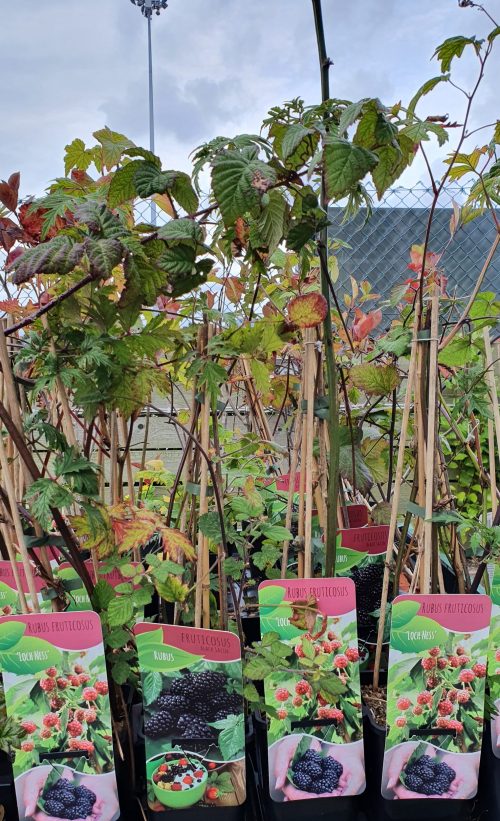
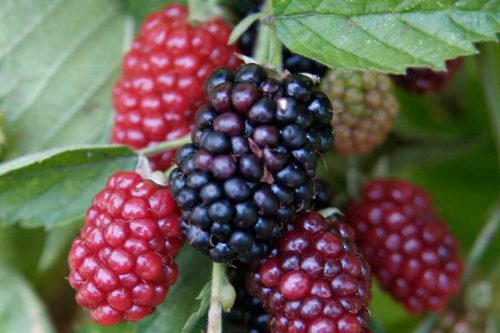 2.5m ht x 2.5m sp 2-5 years until maturity ‘Loch Ness’ is a moderate-sized bush with upright thornless canes, white flowers in summer followed by dark blackberries in late summer.
2.5m ht x 2.5m sp 2-5 years until maturity ‘Loch Ness’ is a moderate-sized bush with upright thornless canes, white flowers in summer followed by dark blackberries in late summer.Foliage
DeciduousHabit
SpreadingFlower
White in SummerFoliage
Dark-green in Spring; Dark-green in Summer; Pale-yellow in AutumnHOW TO CARE
Watch out for
Pests
It is best to rotate crops to avoid pest and disease problems.Specific pests
Aphids , Leafhoppers , Raspberry beetle , Raspberry leaf and bud miteGeneral care
Pruning
Prune old canes to ground level in late winter and tie in new canes.Propagation methods
LayeringWHERE TO GROW
Rubus fruticosus 'Loch Ness' (Blackberry 'Loch Ness') will reach a height of 2.5m and a spread of 2.5m after 2-5 years.Suggested uses
Add to salads, Banks and Slopes, Cake decoration, Containers, Cottage/Informal, Flavouring food and drinks, Hedging/ScreensCultivation
Plant outdoors in summer in well-drained neutral soil.Soil type
Clay, Loamy, SandySoil drainage
Moist but well-drained, Well-drainedSoil pH
NeutralLight
Full SunAspect
South, East, WestExposure
Sheltered -
Out of stock
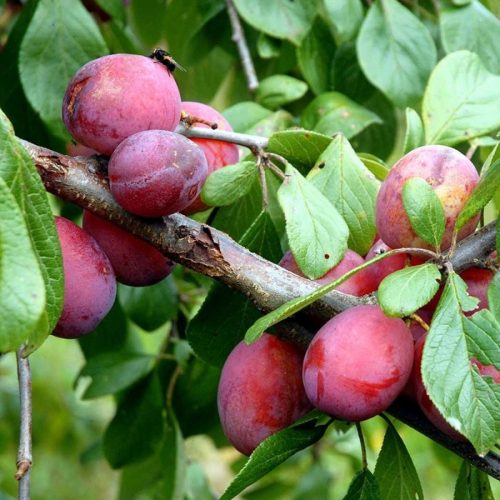 Plum ‘Opal’ is one of the most reliable garden varieties, and is suitable for growing throughout the country. Slightly earlier to crop than ‘Victoria’, this dessert plum produces a heavy crop of excellent quality, small, yellow skinned fruits with an attractive red flush in July and August. The golden flesh easily separates from its stone and has a delicious gage flavour. This variety is partially self-fertile. For the heaviest crops it is best grown with another or a similar variety.
Plum ‘Opal’ is one of the most reliable garden varieties, and is suitable for growing throughout the country. Slightly earlier to crop than ‘Victoria’, this dessert plum produces a heavy crop of excellent quality, small, yellow skinned fruits with an attractive red flush in July and August. The golden flesh easily separates from its stone and has a delicious gage flavour. This variety is partially self-fertile. For the heaviest crops it is best grown with another or a similar variety.- Size/Root Stock: 7-10 litre pot
- Mature Height : 3m - 4m
- Mature Spread : 3m - 4m
- Flower Colour : White
- Flowering Time : Spring
- Foliage : Deciduous
- Fragrant : No
- Growth Rate : Average
- Hardiness : Fully Hardy
- Position : Full sun
- Soil Moisture : Moist Well-drained, Well-drained
- Soil PH : Neutral
- Soil Type : Loam, Sand